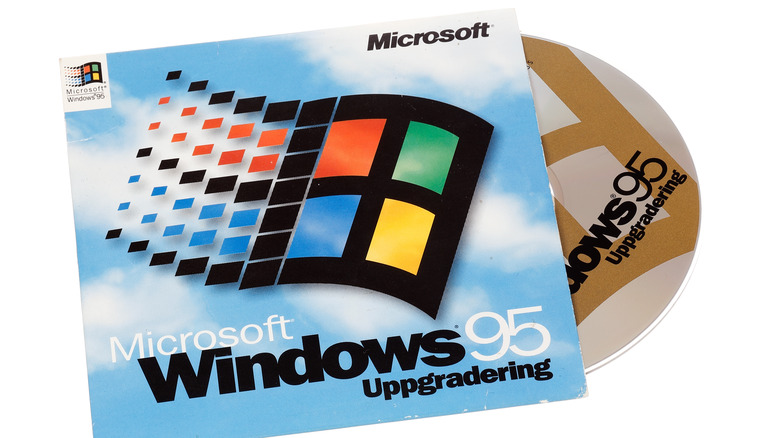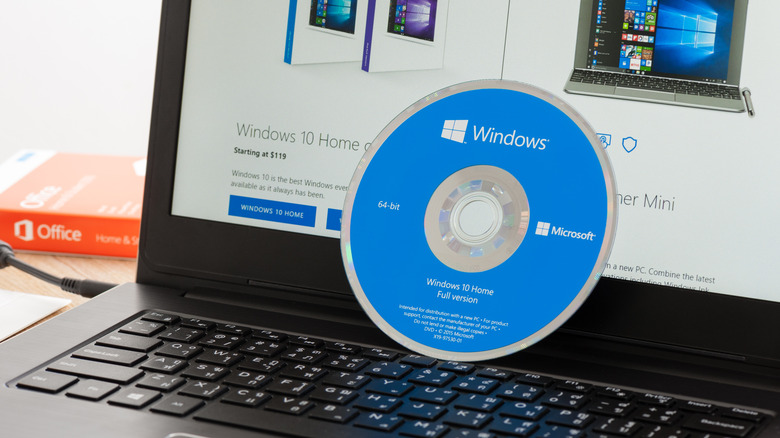32-Bit Vs 64-Bit Operating Systems Explained
Operating systems (OS) are the intermediary between computer hardware and software, an essential piece of any digital device. Much like an orchestra conductor, they ensure harmonious communication between a myriad of components, facilitating the smooth functioning of computers. These advanced software systems control a computer's resources, manage memory, schedule tasks, and handle input/output for devices, paving the way for seamless interaction between user and machine.
These crucial entities exist in various types and versions, so whether you use Mac or Windows, you interact with an OS each time you boot up your computer. Like your RAM, processor, or other hardware components, an operating system's designs and capabilities fundamentally influence the computer's performance, security, and versatility. As such, it's critical to understand the distinctions between them. Among these distinctions, one factor that often raises questions among novice and experienced users alike is whether to get a 32-bit or 64-bit operating system.
Fundamentally it comes down to the processor on your computer that will determine which version of an OS to get. While a 64-bit processor can run a 32-bit operating system, the reverse is not true. If your computer has a 32-bit processor, the decision has already been made for you. Still, there are some key differences between the two that are worth mentioning.
What is a 32-bit operating system?
A 32-bit label on an operating system refers to the way the system handles information. It designates the size of data units that the processor can handle. Each piece of data is 1 bit. In a 32-bit operating system, the CPU processes data and memory addresses in 32-bit chunks of characters. This attribute impacts the system's speed, capability, and the maximum memory it can effectively utilize, maxing out at around 4 gigabytes.
This architecture evolved from its predecessor, the 16-bit system, to boost performance and meet the escalating demands of sophisticated software. The need for a more powerful, faster system became evident as software became increasingly complex. Moving from 16-bit to 32-bit systems allowed computers to handle larger data chunks simultaneously, enhancing processing power and efficiency. Several operating systems that have become household names adopted the 32-bit architecture.
For instance, Windows 95, released in 1995, was among the first widely used 32-bit systems. Its successors, Windows 98, Windows XP, and Windows 7, all offered 32-bit versions. Mac OS X Leopard and earlier versions used a 32-bit structure on the Apple side. While 32-bit systems are becoming increasingly rare due to the rise of 64-bit architecture, they remain a fundamental part of computer history, marking an era of transformative progress in processing power and capabilities.
What is a 64-bit operating system?
A significant leap from the 32-bit architecture, 64-bit systems provide better processing power and memory utilization, catering to modern software's increasing complexity and resource demand. The transition was pivotal, underpinning advances in computational speed, multi-tasking, and the capability to handle large data sets. In computing, a 64-bit processor (and operating system) can simultaneously manipulate data and memory addresses using 64 bits.
This trait directly influences the operating system's power, speed, and the maximum memory it can harness – theoretically reaching an astronomical 18.4 million terabytes. Renowned examples of 64-bit operating systems abound in the digital landscape. Microsoft's Windows 8, Windows 10, and Windows 11 all primarily come in 64-bit versions, reflecting the industry's shift toward more powerful systems. Apple fully transitioned to 64-bit with the Mac OS X Snow Leopard release, and all subsequent macOS versions have been 64-bit.
Numerous Linux distributions have also embraced this change, offering 64-bit versions to cater to the needs of tech-savvy users. The rise of 64-bit operating systems is a testament to the constant quest for incredible speed and efficiency in technology. With its profound impact on computational capabilities and resource handling, the 64-bit architecture has become the new standard, powering the computers that shape the digital age.


